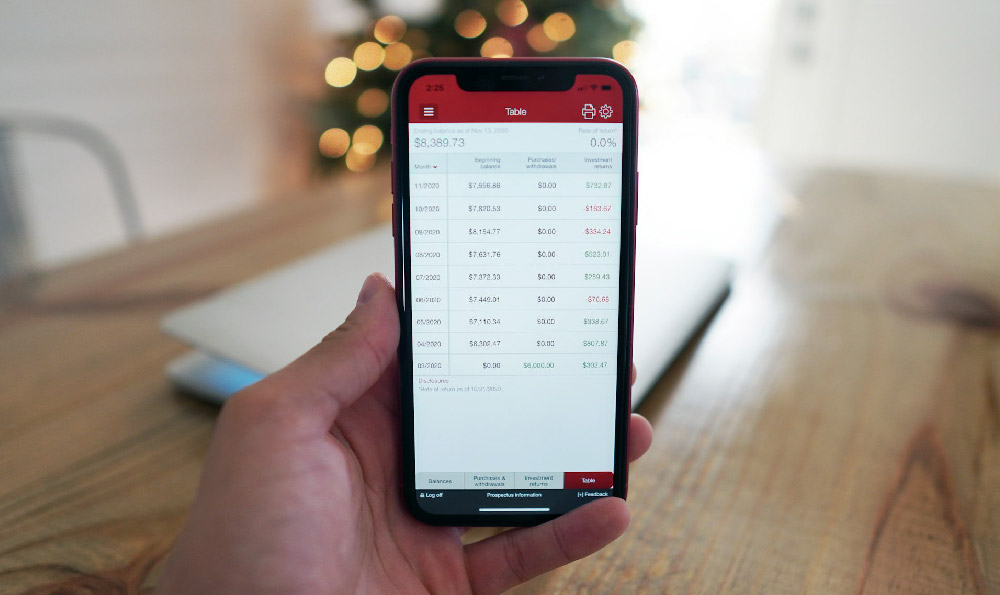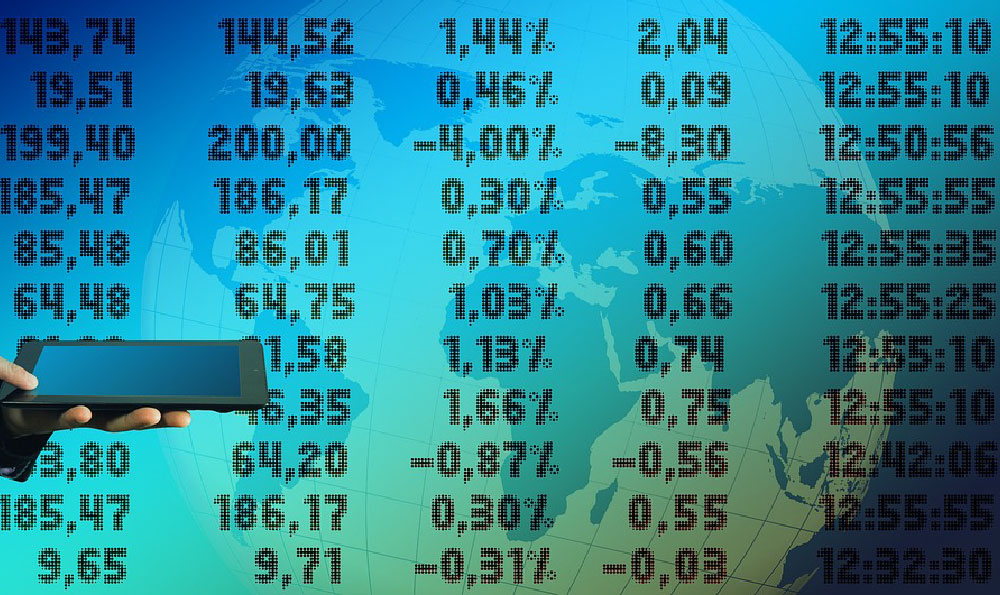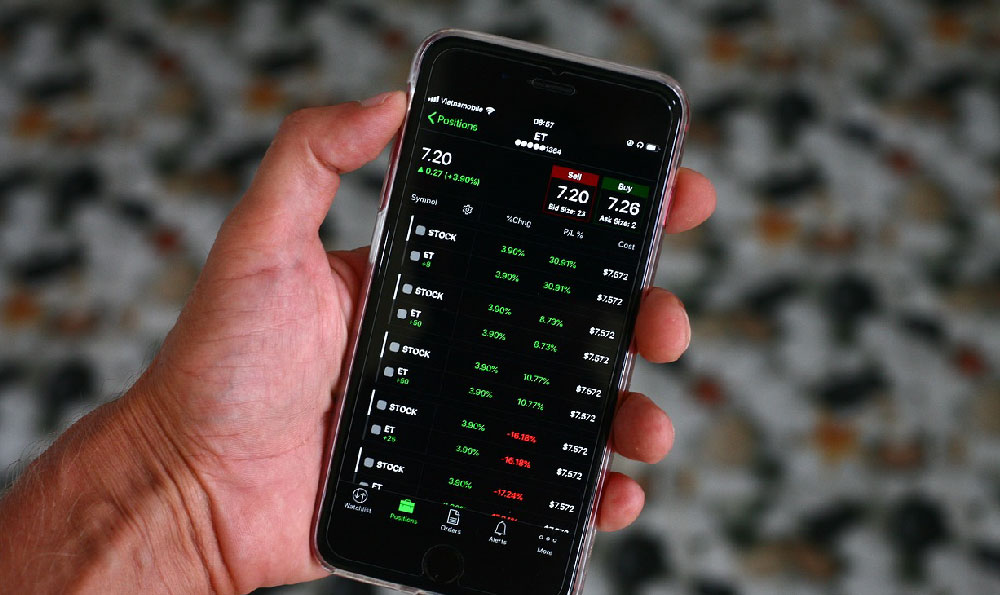
Alright, buckle up, because diving into the YouTube arena can be an exciting (and potentially lucrative) adventure. The question of "when" and "how" are fundamental, and the answers, while nuanced, boil down to preparation, strategy, and relentless execution.
Let's tackle the "when" first. The perfect time to start a YouTube channel is yesterday. Or, barring that, today. Procrastination is the enemy of progress. The YouTube landscape is constantly evolving, and waiting for the "perfect" moment is often a recipe for missing the boat entirely. The longer you wait, the more competition you'll face, and the more established channels will dominate search results. However, starting blindly is equally detrimental. There’s a sweet spot: start as soon as you have a clear, even if nascent, plan.
This "plan" needn't be a meticulously crafted, 50-page business document. Instead, it should address several key questions. What’s your niche? What unique value can you bring to the platform? Who is your target audience? What kind of content will you create, and how consistently can you produce it? These answers form the bedrock of your channel's strategy.

Regarding your niche, think about what you’re passionate about and what people are searching for. A brilliant, innovative idea that nobody is interested in will gain little traction. Conversely, diving into an oversaturated niche without a unique angle makes standing out nearly impossible. Research popular topics within your areas of interest. Use keyword research tools (like Google Keyword Planner, Ahrefs, or Semrush) to gauge search volume and competition. Are there underserved sub-niches you could potentially dominate? Can you offer a fresh perspective on a popular topic? Finding that sweet spot is crucial.
Your target audience is just as vital. Understanding who you're creating content for directly impacts your content creation decisions. Are you targeting teenagers interested in gaming? Are you catering to professionals seeking career advice? Are you addressing stay-at-home parents looking for parenting tips? Knowing your audience’s demographics, interests, and pain points allows you to tailor your content specifically to them, increasing engagement and building a loyal following. Craft a detailed audience persona; the more specific you are, the better.
Consistency is king on YouTube. The YouTube algorithm favors channels that upload regularly. Establish a realistic upload schedule you can maintain. Whether it's once a week, twice a week, or even daily, stick to it. This helps your audience know when to expect new content and signals to the algorithm that your channel is active and engaged.
Now, let's move on to the "how" of making money on YouTube. It’s not as simple as uploading videos and watching the money roll in. Several monetization strategies exist, and success often involves a combination of these.
The most common method is through the YouTube Partner Program (YPP). To be eligible, you need at least 1,000 subscribers and 4,000 valid watch hours in the past 12 months. Once accepted, you can monetize your videos with ads. Ad revenue is based on factors like CPM (cost per mille, or cost per 1,000 impressions) and RPM (revenue per mille), which vary based on your niche, audience demographics, and ad placement. Don’t expect to get rich solely from ad revenue, especially in the early stages. Think of it as a supplementary income stream, not a primary source of wealth.
Diversification is key. Explore other monetization options, such as affiliate marketing. Partner with brands that align with your niche and promote their products or services in your videos. Include affiliate links in your video descriptions, and earn a commission for every sale generated through those links. Transparency is crucial here; always disclose your affiliate relationships to maintain your audience's trust.
Selling merchandise is another popular strategy. If you've built a strong brand and have a loyal following, consider creating merchandise related to your channel. This could include t-shirts, hoodies, mugs, stickers, or anything else that resonates with your audience. Merchandise not only generates revenue but also serves as a form of marketing, increasing brand awareness.
Channel memberships offer exclusive content and perks to paying members. This could include behind-the-scenes footage, early access to videos, exclusive live streams, or personalized shout-outs. Channel memberships provide a recurring revenue stream and foster a deeper connection with your most dedicated fans.
Super Chat and Super Stickers allow viewers to pay to have their messages highlighted in live chat during live streams and Premieres. This is a direct way for viewers to support your channel and engage with you in real-time.
Brand sponsorships are a lucrative option once you've built a significant audience. Brands may pay you to create sponsored videos or integrate their products into your existing content. Finding the right brand partnerships is crucial; ensure the products or services you promote align with your values and your audience's interests. Authenticity is paramount.
Finally, consider using YouTube as a platform to drive traffic to other revenue-generating ventures. This could include selling online courses, offering consulting services, or promoting your own physical products. Your YouTube channel becomes a marketing tool for your broader business.
Creating high-quality content is non-negotiable. Invest in good equipment, including a decent camera, microphone, and editing software. Learn the basics of video editing and storytelling. Pay attention to lighting and audio quality. Produce videos that are engaging, informative, and visually appealing.
Promote your videos on other social media platforms. Share your videos on Facebook, Twitter, Instagram, and other relevant social networks. Engage with your audience in the comments section. Respond to questions and feedback. Build a community around your channel.
YouTube is a marathon, not a sprint. Building a successful channel takes time, effort, and dedication. Don't get discouraged if you don't see immediate results. Keep creating valuable content, keep engaging with your audience, and keep learning and adapting. Analyze your analytics to understand what's working and what's not. Iterate on your strategy based on the data. Patience and perseverance are key.
Ultimately, making money on YouTube is about providing value to your audience. If you can consistently create content that entertains, educates, or inspires, you'll be well on your way to building a successful and profitable YouTube channel. Start now, plan diligently, execute relentlessly, and never stop learning. Your YouTube journey awaits.





